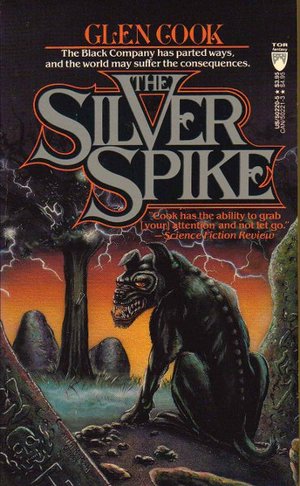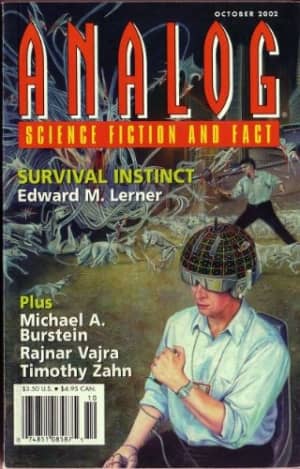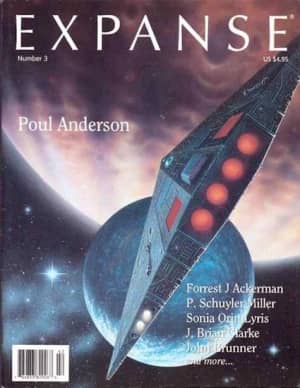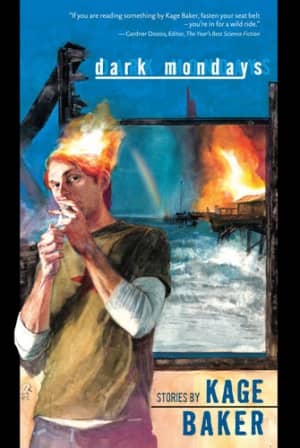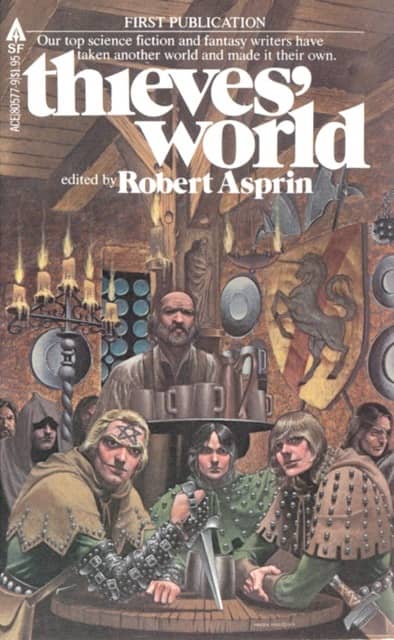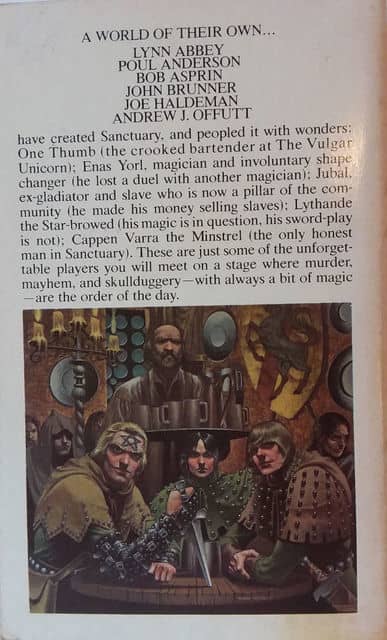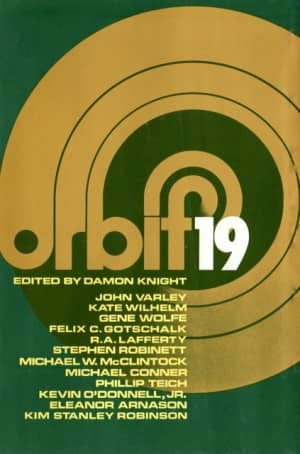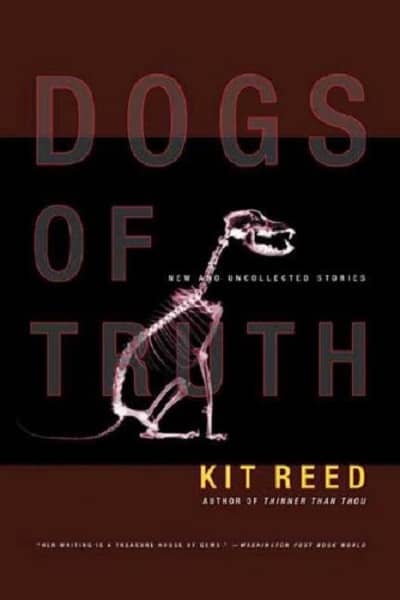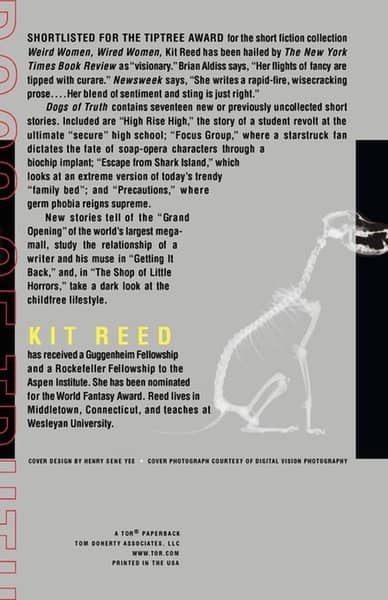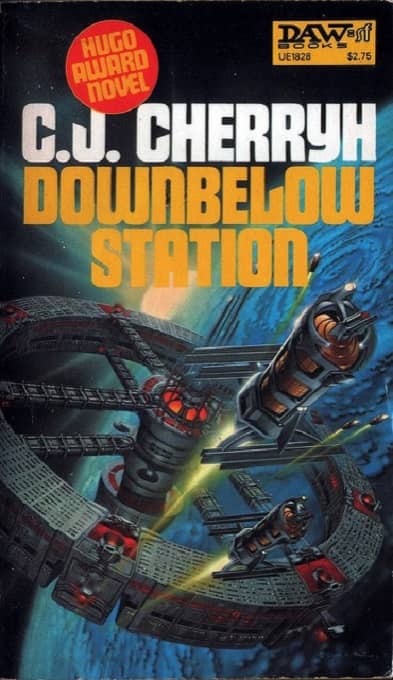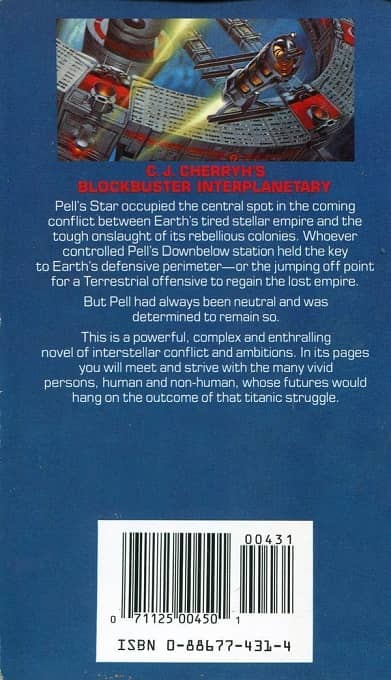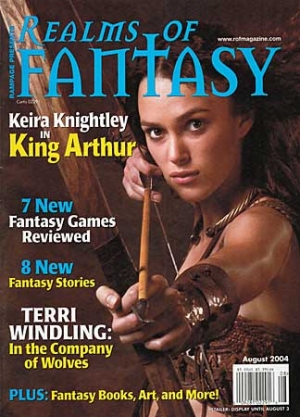Modular: Mordenkainen’s Tome of Foes Looks to the Horizon
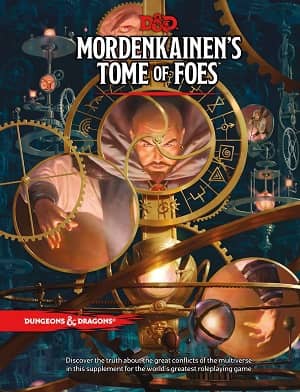 The newest supplement for Dungeons & Dragons 5th edition, Mordenkainen’s Tome of Foes (Amazon), continues to provide the high quality of content we’ve come to expect from this series, focusing on quality and story depth over serious escalation of power.
The newest supplement for Dungeons & Dragons 5th edition, Mordenkainen’s Tome of Foes (Amazon), continues to provide the high quality of content we’ve come to expect from this series, focusing on quality and story depth over serious escalation of power.
Tome of Foes expands on setting and background information for the main setting, with the bulk of the book being the 137-page Bestiary chapter, containing monsters from across the dimensions, including a variety of duergars and drow templates to a host of Demon Lords and Archdevils. And that’s all just in the D section of the Bestiary, not even account for the constructs, elder elementals, and ample quantities of undead!
While the monsters are great to have, the first half of the book has a lot to offer for the Dungeon Master in terms of depth, as well.
The first chapter gives a wealth of detail on the eternal Blood War between the armies of demons and devils for who gets claim on being more evil. It’s easy to treat demons and devils as villains just there to be killed, but after reading this chapter, you’ll be more inclined to treat them as unique creatures, with their own goals and motivations. I’m looking forward to using this information to build a storyline where my players are stuck between the goals of demonic cults and devil cults, who hate each other nearly as much as they hate the party of adventurers.
Subsequent chapters provide details on the cultures of elves, dwarves, halflings, and gnomes. Information on the Feywild and the Underdark is also provided where appropriate, for those who want to incorporate them more into their campaigns. In addition, a chapter focuses on the endless war between the two gith races, the githyanki and githzerai, who escaped their enslavement from the mind flayers (who are themselves not covered in detail Tome of Foes, but are well covered in the previous Volo’s Guide to Monsters) only to find themselves in a brutal clash against each other.
